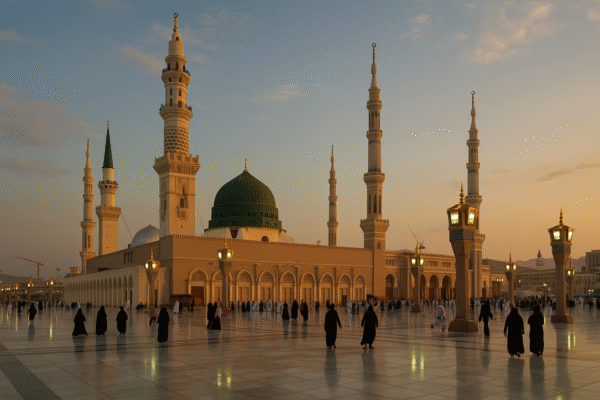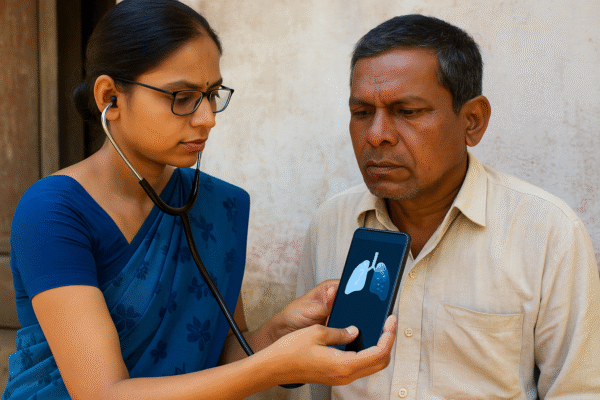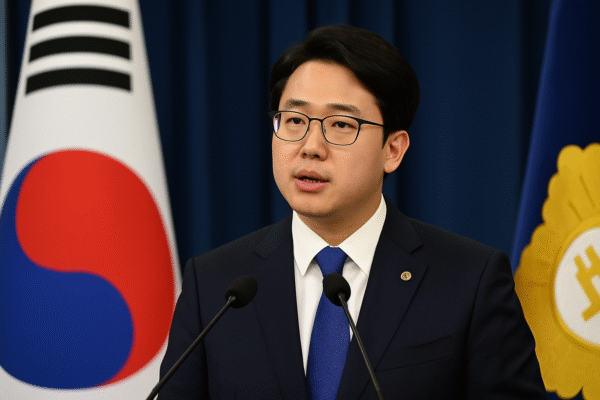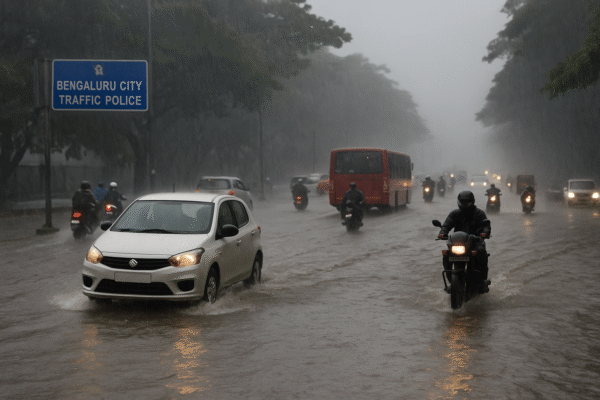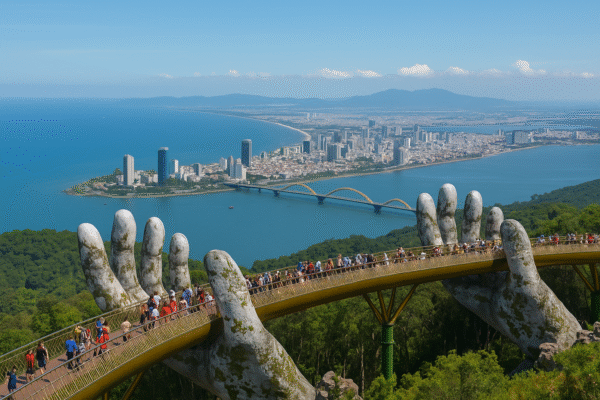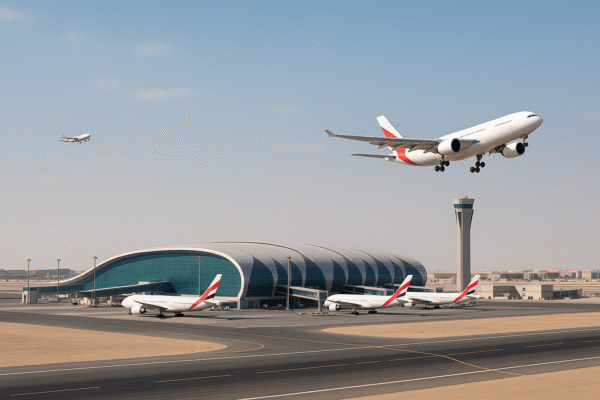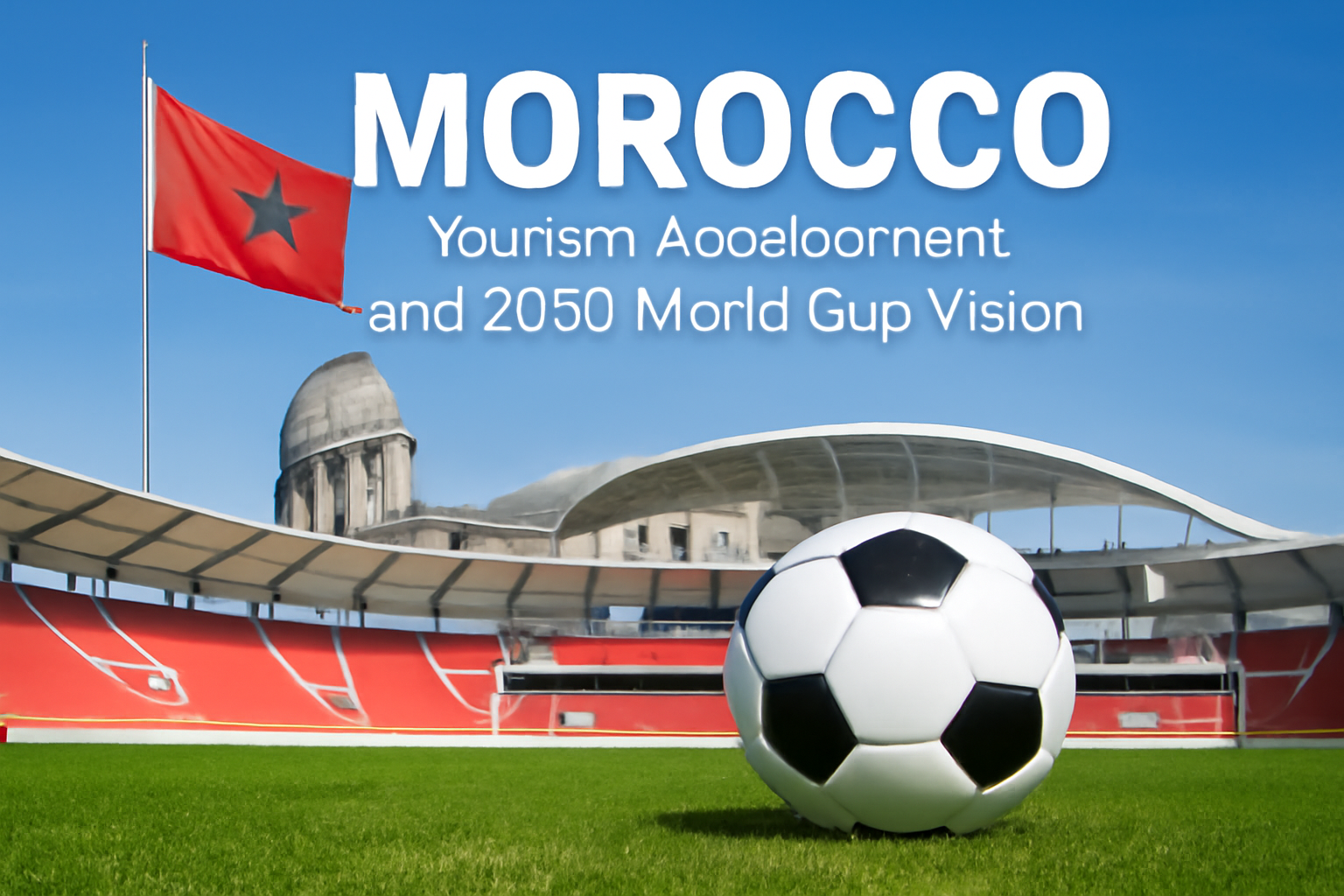Morocco is leveraging the global appeal of football to accelerate its tourism growth, positioning itself as a key destination for travelers heading into the 2030 FIFA World Cup. As the host nation for the 2025 Africa Cup of Nations (AFCON), the country is preparing for a transformative decade that will see Morocco co-hosting the world’s premier football event alongside Spain and Portugal.
With 2024 tourism figures showing a robust 20% increase in international arrivals, Morocco’s tourism sector is already making significant strides toward becoming Africa’s most visited country. Through strategic investments and infrastructure development, Morocco is aligning itself with the global tourism spotlight that football brings.
Strategic Use of Major Sporting Events to Boost Tourism
At a recent event in Madrid, Morocco’s Ambassador to Spain, Karima Benyaich, emphasized the country’s vision for sports tourism. She stated that major sporting events, such as the Africa Cup of Nations and the 2030 World Cup, present unparalleled opportunities to accelerate the nation’s economic growth and further elevate its status on the international tourism map.
“These events allow the world to experience Morocco’s diverse landscapes, rich culture, vibrant coastlines, and unmatched hospitality,” said Benyaich, reflecting the optimism surrounding the country’s tourism potential. “We aim to transform these tournaments into a golden opportunity for our youth, the economy, and of course, tourism.”
Morocco’s tourism sector is enjoying a surge of visitors, with 17.4 million international tourists recorded in 2024, a significant rise from previous years. This increase solidifies Morocco’s position as Africa’s leading tourist destination, a feat made possible by targeted campaigns and infrastructure improvements.
Tourism Growth and Strong Ties with Spain
The growth in tourism is being driven in part by Morocco’s strong ties with Spain, with over 3.5 million Spanish tourists visiting in 2024—a 16% increase from the previous year. The historical connection between the two countries, particularly through shared cultural, economic, and geographical ties, plays a major role in this tourism boom. With the rise in Spanish visitors, Benyaich predicts that Morocco will see even more foot traffic in the coming years.
Notably, the growth of the tourism sector is part of a broader strategic vision to align sports tourism with Morocco’s ongoing infrastructure investments, especially in preparation for the 2030 World Cup.
Building World-Class Infrastructure for the 2030 World Cup
In preparation for the upcoming football tournaments, Morocco is embarking on an ambitious infrastructure expansion to support the influx of international visitors and ensure a top-tier experience. Six of the country’s cities are already undergoing major stadium renovations, in line with FIFA’s rigorous requirements. The most prominent of these projects is the construction of the Hassan II Stadium in Casablanca, which is set to be the largest football stadium in the world by 2028, boasting a capacity of 115,000 spectators.
Beyond stadiums, Morocco is significantly enhancing its transportation networks, particularly with upgrades to roads, highways, and the high-speed rail system. Currently, the high-speed rail line connecting Tangier to Casablanca travels the 323 km in just two hours, and plans are underway to extend this line to Marrakech by 2040, increasing the network’s reach to 1,280 km. These upgrades will allow visitors to move efficiently between Morocco’s key cities, which is crucial for both tourism and the logistics of major sporting events.
In addition to transportation, airport expansions are also taking place across the country, ensuring that Morocco is prepared for increased traffic. The focus on these essential projects underscores the country’s commitment to hosting international visitors and facilitating seamless travel.
A Bright Future for Morocco’s Tourism and Football Synergy
Morocco’s strategy for integrating football and tourism is part of a long-term vision to position the country as a leading tourism destination in the region. By enhancing infrastructure, fostering cultural exchanges, and preparing for the 2030 World Cup, Morocco is laying the foundation for an economy that thrives on sports tourism, both in terms of its legacy and long-term sustainability.
Morocco’s investment in tourism development extends beyond sporting events, with initiatives to improve visitor services, promote cultural heritage, and create new attractions for travelers. From eco-tourism opportunities in the Sahara Desert to beachfront resorts along the Mediterranean and Atlantic coasts, Morocco’s diverse offerings cater to a wide range of travelers.
Conclusion: Morocco’s Future as a Premier Sports and Travel Destination
As Morocco gears up to co-host the 2030 FIFA World Cup, its focus on leveraging football to drive tourism growth, combined with an unwavering commitment to sustainable development and infrastructure, positions the country for continued success. The combination of world-class stadiums, modern transportation, and a rich cultural backdrop makes Morocco an exciting and accessible destination for sports enthusiasts, adventure travelers, and cultural explorers alike.
With football at the heart of this transformation, Morocco is not only preparing to host one of the world’s largest sporting events but is also paving the way for a thriving, sustainable tourism sector that will capture the imagination of travelers for years to come.
For more travel news like this, keep reading Global Travel Wire

